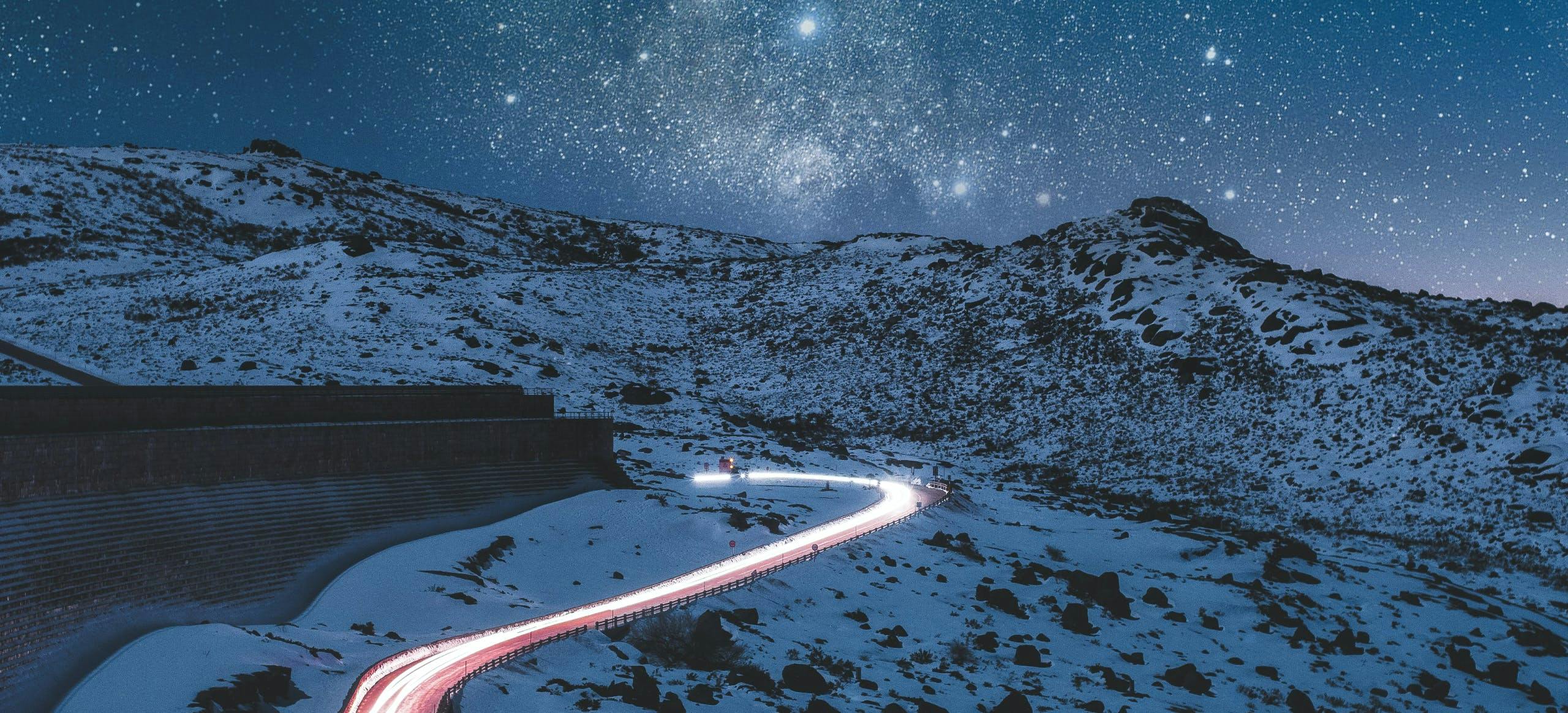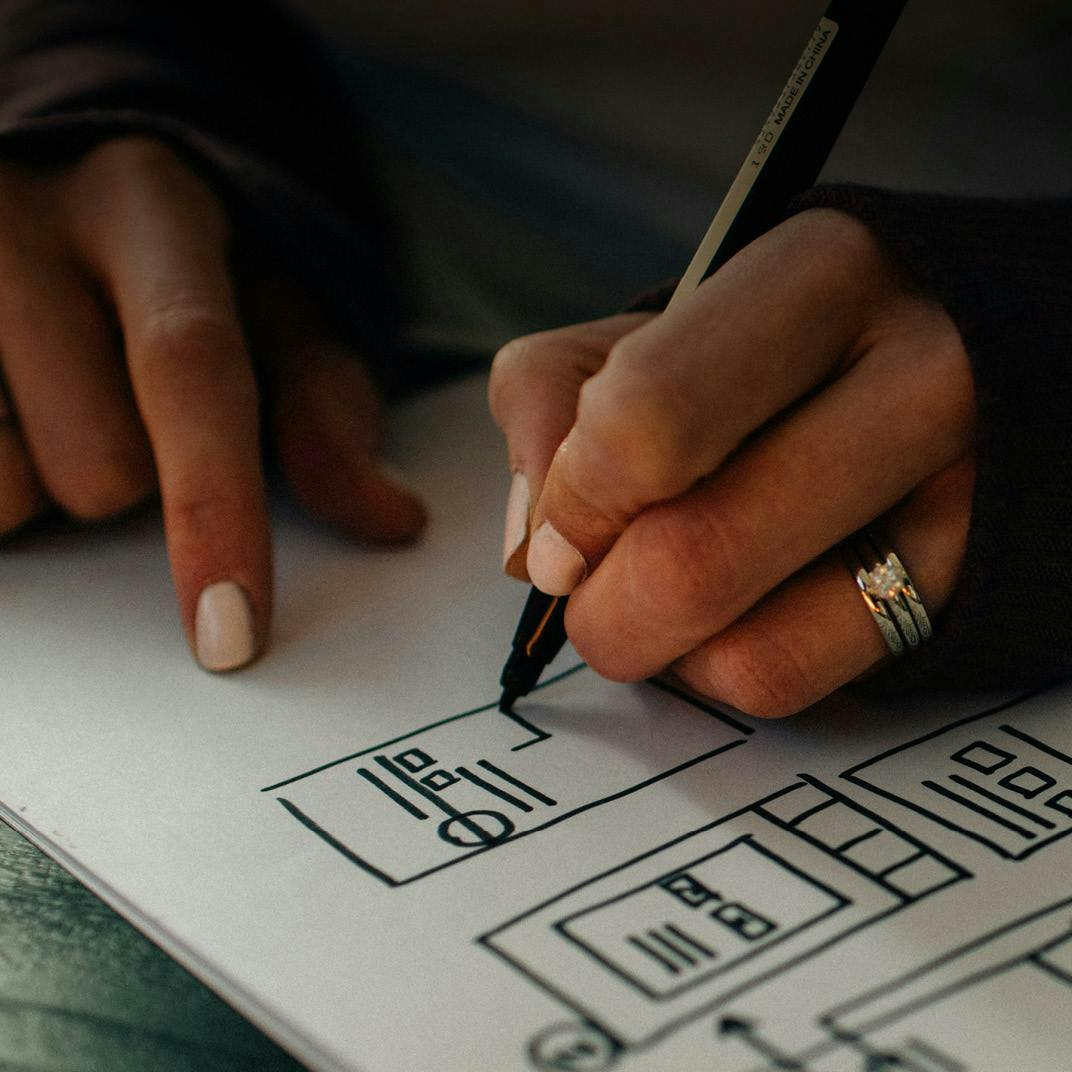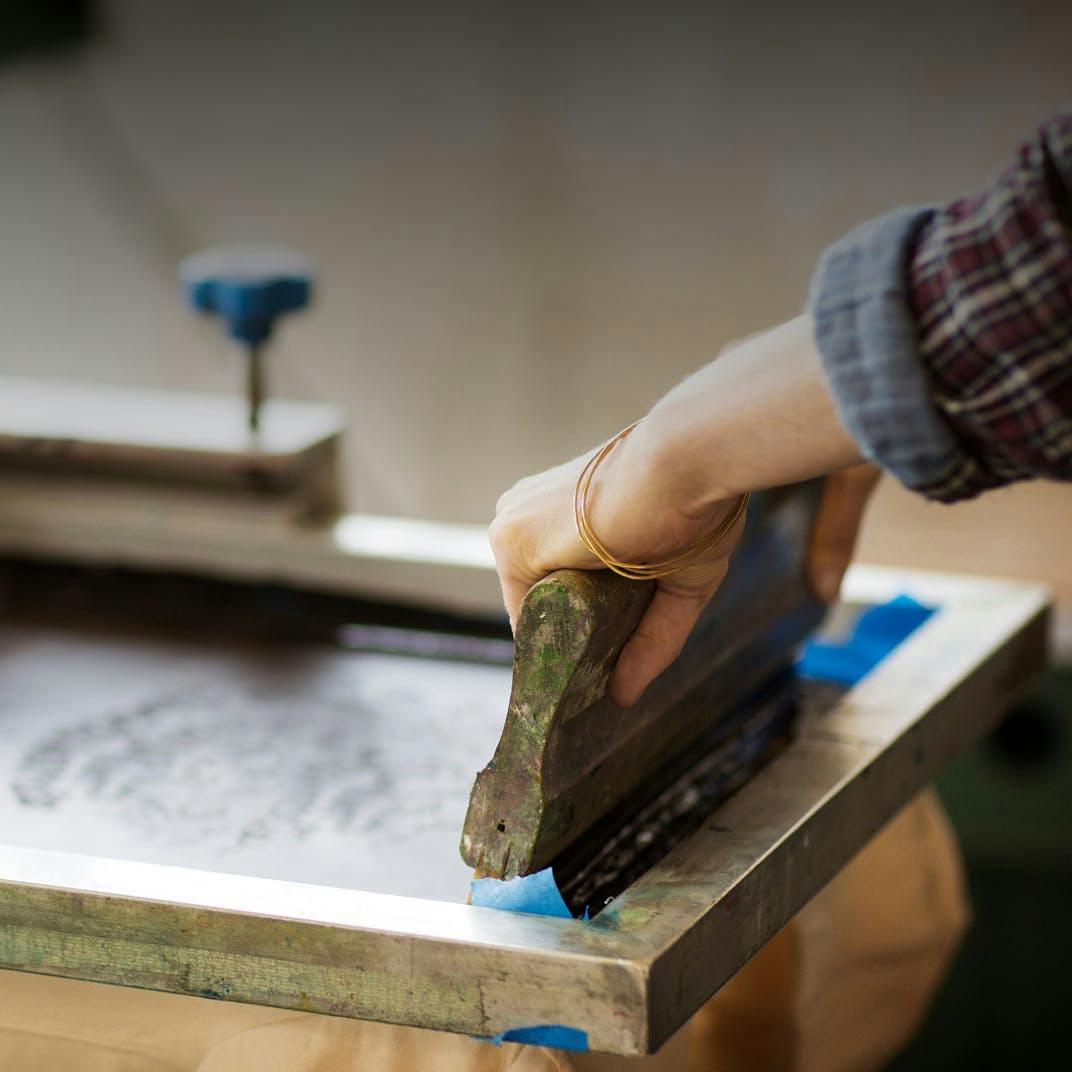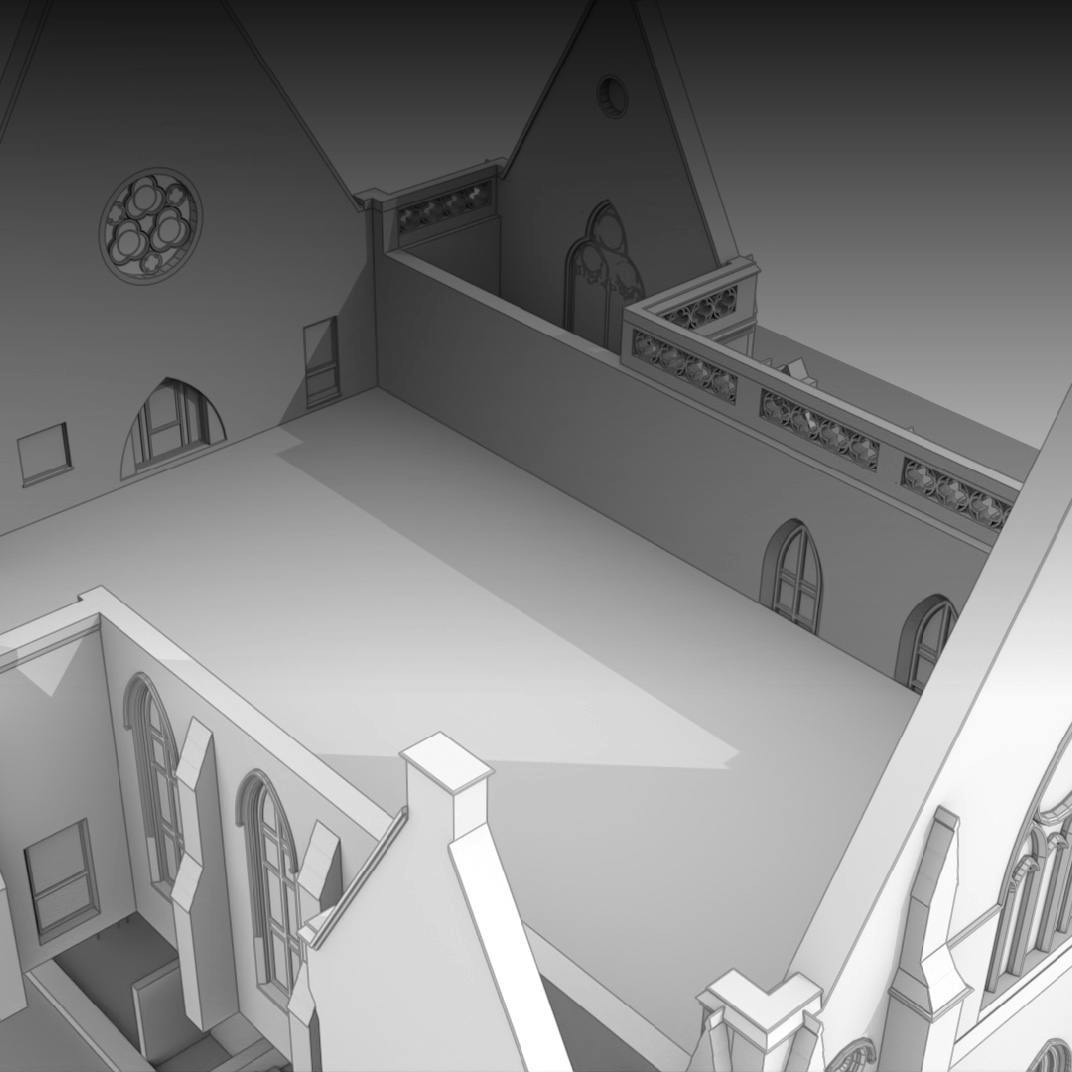The creative power of journey thinking
Journey mapping is a process traditionally reserved for strategy and UX . However, we’re increasingly using ‘journey thinking’ more widely within our creative process. It gives us alignment, allows us to be more empathetic, and guides our thinking on all sorts of projects.
What is a journey map?
"A visualization of the process that a person goes through in order to accomplish a goal."
- The Nielsen Norman Group
Brands, products and services come to life as an holistic experience, made up of a sequence of micro-moments, each encountered at a different touchpoint.
A journey map is a visual representation of this process as it happens. In its most basic form, we start journey mapping by compiling a person’s step-by-step actions into a timeline. We can then dig into their thoughts and emotions to create a narrative of what they’re thinking at each stage of that timeline. Once we have that narrative, we can pull out key insights to inform creative processes.
How does a journey map help?
We all know the secret of good comedy is timing. So, as a creative team, journey mapping gives us the background and context to make sure our jokes land right. That said, it doesn’t write and deliver the jokes – that’s still up to us – but it sets them up for us.
In the same way telling a joke requires reading your audience well, providing a good online experience requires you to know how your audience interacts with it.
This is where journey mapping comes in. It can help create relevant and timely interactions with users – and when done successfully, it reveals opportunities to address pain-points, alleviate fragmentation and, ultimately, create a better experience.
Unfortunately, due to the way many organisations are structured today, they often have a siloed and fragmented understanding of what their customers or clients are really feeling or what outcome they want to reach.
This is because many business objectives are assigned and measured per department or group, rather than being driven by overarching audience needs.
When this happens, it can be extremely challenging to remember real-life humans exist at the other end of all this – and they’re trying to make sense of what we’re offering.
Outside-in thinking
To be successful in any activity we complete for our clients, it’s essential we look from the audience’s perspective, to inform and underpin how we piece together the entire experience.
Painting a joined-up picture of what the audience experiences is the core aim of our journey mapping process. Without it, the people doing the problem-solving simply won’t know what they’re trying to solve. They’ll be thinking in silos, without the bigger picture in mind.
As a Creative Director, I want to help my team make well-informed, holistic creative decisions that are driven by audience needs.
It’s better for the audience, better for our clients, and better for the quality of our creative work.
How do we create a journey map?
Our goal is to define a visual narrative that communicates information in a memorable, easy-to-understand way.
Think of it like a storyboard for a film. It helps the crew on the shoot, and the actors and editors to all understand the big picture: what the film is about and what the film-making process is trying to achieve.
From a creative point of view, we have found that as we go through a project it is a fantastic way to make sure our choices are driven by the audience needs rather than an individual’s vision or idea of the ‘right’ the thing to do.
Most journey maps follow a similar format:
Top: a specific user or scenario, and the corresponding expectations or goals.
Middle: high-level phases comprising user actions, thoughts and emotions.
Bottom: the takeaways i.e. the opportunities, insights and internal ownership.
What are the ingredients of a good journey map?
Actor(s)
The actor is the person or people who experience the journey. We usually build these with empathy maps where their motivations play a key role in shaping who they are.
For example, if we were creating a journey map for a museum we would identify a visitor as the actor, quickly finding out that different visitor types need different maps. We would also need to map staff members, to see their relationship with the visitor types.
Scenario + Expectations
The scenario describes the situation the journey map addresses and is informed by the actor’s needs and expectations.
For example, our museum visitor is coming from out of town, is here to see the latest showpiece exhibit, and have lunch at the museum.
Journey phases
Journey phases are the different high-level stages in the journey that help us organise the journey map.
For our museum visitor they would be from research through to evaluation and advocacy.
Actions, mindsets and emotions
These are the behaviours, thoughts and feelings the actor experiences throughout the journey, which are mapped in each of the journey phases.
Actions: the actual behaviours and steps taken by the actor.
Mindsets: correspond to the actors thoughts, questions, motivations, and information needs at different stages in the journey.
Emotions: are plotted as single line across the journey phases, literally signalling the emotional ‘ups’ and ‘downs’ of the experience.
Opportunities
Opportunities are the insights gained from mapping; they point to how the holistic experience can be optimised in the future.
What are the benefits of journey mapping?
The two main benefits of journey maps are awareness and alignment.
Firstly, the process of creating a map makes people talk and ultimately creates a shared vision, alignment and focus for the whole team, including our clients.
Secondly, the map can be used to communicate an understanding of your audience to all involved, which helps decision-making at every point of the creative process.
We have seen organisations use a well-made journey map to completely transform and plan for the future. So much so, that we’ve had CEOs print and frame them for their office wall, so the entire organisation can stay closer to their audience and never lose sight of the bigger picture.
This transformation comes to light in several different ways. Once complete we have found you can achieve the following with a well-made journey map.
Shift an organisation’s perspective from inside-out to outside-in
Journey mapping sheds light on real human experiences that organisations often know very little about.
Break down silos to create one shared, organisation-wide vision
Journey maps create a vision of the entire customer journey, so they can become a tool for creating cross-departmental conversation and collaboration.
Redefine business needs
When you bring together and visualise disparate data points, you’ll see new – and often surprising – connections within an organisation, helping to redefine business needs.
Assign ownership of key touchpoints to internal departments
Journey maps can clearly align departments or groups at different stages or key touchpoints in the journey that need addressing.
Plan and target specific audiences
They can help you prioritise and focus on the most effective stages of the journey, to improve the overall experience or get the most out of your communications.
Better understand quantitative data
If you are aware through analytics that something is going wrong (for example in in your e-commerce sales journey or using a tool you have built) journey mapping can help you figure out why.
What are the potential pitfalls of journey mapping?
Creating a journey map requires investment and the results aren’t instant, so keep your expectations realistic. Be patient and they will help your organisation over time.
We have found that journey mapping is best combined with other mapping techniques such as ‘Wider experience mapping’ which you can think of as the parent of journey mapping, and ‘Service blueprint design’ which is its child.
In conclusion
Journey maps are a fundamental part of user-centricity; but more than that, they’re essential to the role empathy plays – and should always play – in business communications. In essence, it’s the humanisation of b2b communications. Crucially, for us, it’s the natural evolution of how we can create harder-working, well-considered work in a more compassionate, thoughtful and effective way. And it always starts (and stops) with the audience.
At Six, we're specialists in branding and communication. Get in touch today.
Cookies
By clicking "Allow Cookies", you agree to the storing of cookies on your device to enhance site navigation, analyse site usage, and assist in our marketing efforts. By using this site you are agreeing to ourCookie Policy.



